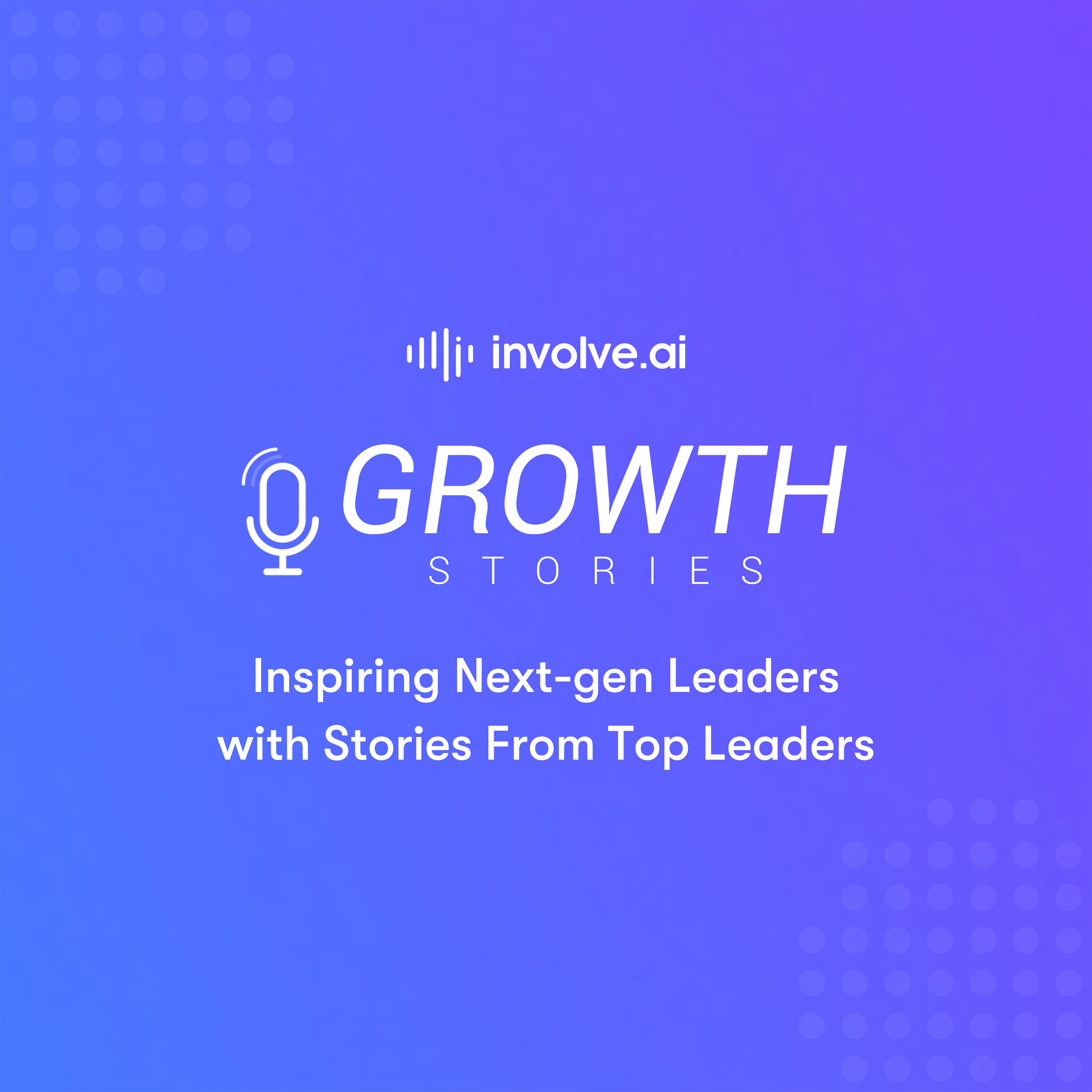One of the most critical moments in your involve.ai journey will be the mapping of your data, as this sets the baseline for prediction accuracy, dashboard views, and ongoing updates. Involve.ai’s data mapping feature enables organizations to integrate and map data sources entirely on their own with as-needed support from our Data Science Consulting team, and we work with you throughout the process to ensure success.
There are a few essential best practices that will help you make the most of this part of your journey.
Before your project.
Share high level information about your tech stack with the Data Science Consulting team as early as possible - in the kick off meeting if possible! This helps the team be prepared for the types of integrations you’ll be setting up and any nuances we’ve learned from experience.
At the start of your project.
Establish demographic data.
We suggest finding a way to populate the following types of attribute data, if possible:
-
Customer ID/Name
-
Active/Churned
-
Customer Owner
-
Maturity (Customer tenure)
-
Deal Size
-
Contract Renewal date
Determine at least three of the following categories of dynamic data.
The more metrics within those categories, the better, but even a single metric for each of three categories will produce results.
-
Product usage (e.g. Logins)
-
Customer Satisfaction (NPS scores, C-Sat surveys, etc)
-
Interaction frequency (Numbers of calls, emails, slack messages, etc)
-
Sentiment (Content of emails, support tickets, calls, etc)
-
Customer owner pulse (CSM or Account Manager perspective on customer health)
-
Support (Number or severity of support tickets)
While the more data the better, you don’t need to bring together every possible data source in order to launch. Start with sources that you feel good about (as in, the data is fairly complete and up to date, or could be with some work with our team) and bring in other sources as capacity allows.
Get the right person or team on board
Make sure you have the support of a data lead, or systems administrators for these sources who know where the data is coming from, how it relates to your business, and how the fields should render.
Partner with your data lead to consider the following questions
-
Do you have a data structure in mind (parent / child accounts)?
-
How do you define and track active versus churned customers?
-
How is revenue defined and what revenue metrics should we focus on? (All-Time, ARR, MRR, ACV, NRR, Rolling 12 months, etc.)
-
How do you define upsell versus down-sell?
-
Are you able to identify what resources are assigned to each account? (CSM’s, AM’s, etc.)
-
How do you measure customer maturity? (Days, Months, Years, etc.)
-
Do you need to account for different products or business units in the platform?
During your project
When possible, connect directly to system with the source data
It’s always a good idea to pull data from your record of truth!
When integrating, ensure you’re authenticating with an account that has read/write (full) permissions
This allows our systems to access your data without error no matter where we’re pulling it from.
If integrating with a CRM, ensure the CRM is used often and updated accurately
This is key - the more accurate and up to date the data, the better the insights!
Include time-stamped data wherever possible
Having data that’s time-stamped allows your involve.ai dashboard to show trends in behavior and health.
Created and Updated Dates are required for data coming from databases, CSVs, S3, Data Warehouses, etc.
This is required so that we can pull the most up to date information.
Establish a common identifier
If you offer multiple products, or have acquired companies, aim for a common identifier across your customer base - This is typically a CRM ID (Salesforce, Gainsight, Dynamics, etc). If you have acquired a company that uses different IDs, we can work with you to fuzzy match your customers with a high degree of accuracy.
Using the standards of our data mapping within the platform is always a good place to start with your data team
We’ve built an in-platform mapping tool that makes your job easier - feel free to use that as the base for all mappings
In summary
Mapping your data to involve.ai is a little up front lift, for a ton of downstream value and ease. Once data sources are integrated and mapped, your team will have complete visibility into your customers’ health, regularly updated, predictive health scores, and a human touch: our data science team will frequently check in to ensure things are running smoothly, and to deliver data-driven insights that will astonish you.


